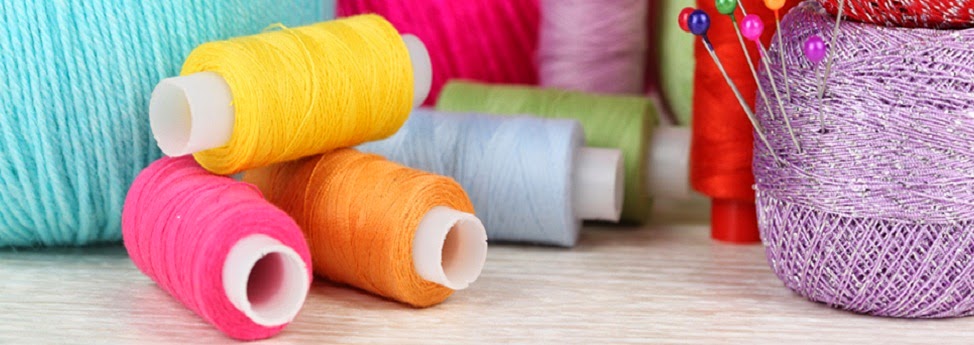For several years, India has enjoyed the position of being the second largest producer exporter of textiles in the world. According to reports, the total Indian textile industry, including domestic & exports, is expected to reach $223 billion by 2021, rising from $89 billions in 2011. Statistics reveal that the country has overtaken countries such as Italy, Germany, and Bangladesh, to emerge as the second largest textile exporter, the largest being China. The good news is that due to rising labor costs, China is gradually losing its competitive edge. There are also several other factors contributing to the downfall of China’s textile exports, such as, appreciating currency value, rising material & energy costs, and a high focus on the domestic market. The decline in China’s market share in textiles provides an opportunity for India to excel in this sector. Further, the abundant availability of raw materials, huge domestic market, improved economic conditions, and Government initiatives such as “Make In India” are some of the advantages that fuel the solid performance of the Indian textile industry for export.
There is no denying that the slowdown in Chinese textile exports to the USA is largely responsible for the prosperity of the Indian textile industry. Other factors contributing towards future growth opportunities in this sector include:
• Steady demand in the US market
• Labor unrest at textile plant in Cambodia
• Non-conformance of Bangladesh’s textile units towards global safety standards
• Appreciating Indonesian currency
• Increased cost of credit in Vietnam
• Political & economic problems in Pakistan
The Indian Government has also taken various initiatives to boost the textile industry, such as:
Make in India Campaign: The ‘Make in India’ campaign launched by the Indian Government aims to spur investment opportunities for foreign corporate houses across the segments of synthetics, fabric processing units, technical textiles, value-added & specialty fabrics, garments, and retail brands.
TUFS: The Technology Upgradation Fund Scheme is anticipated to render a growth of 11.5% in cloth production, 15% in value exports, and an additional employment of almost 15.81 million workers. During the 12th Plan period, the scheme primarily aims to focus on power looms and indigenous manufacturing of textile machinery.
The Union Budget of 2015 also brought in new hope for the textile industry by extending the optional Cenvat route for cotton textiles as well as the announcement for implementation of GST.
Challenges faced by the Indian Textile Industry
In spite of immense factors fuelling the growth of the Indian textile industry, there are certain challenges faced by the country in terms of scarcity of trained manpower, escalating energy costs, high transportation costs, obsolete labor laws, low level of technology, and lack of economies of scale.
Road Ahead
Irrespective of a handful of unfavorable conditions, the future appears bright for the Indian textile industry, which is set for strong growth, buoyed by massive domestic as well as export demand. The numerous issues faced by China provide an excellent opportunity for India to outperform the dragon nation. Further, the growing Indian economy and rising disposable income also render a strong tailwind to the textile sector.

Article Originally Posted On: Article Base


No comments:
Post a Comment